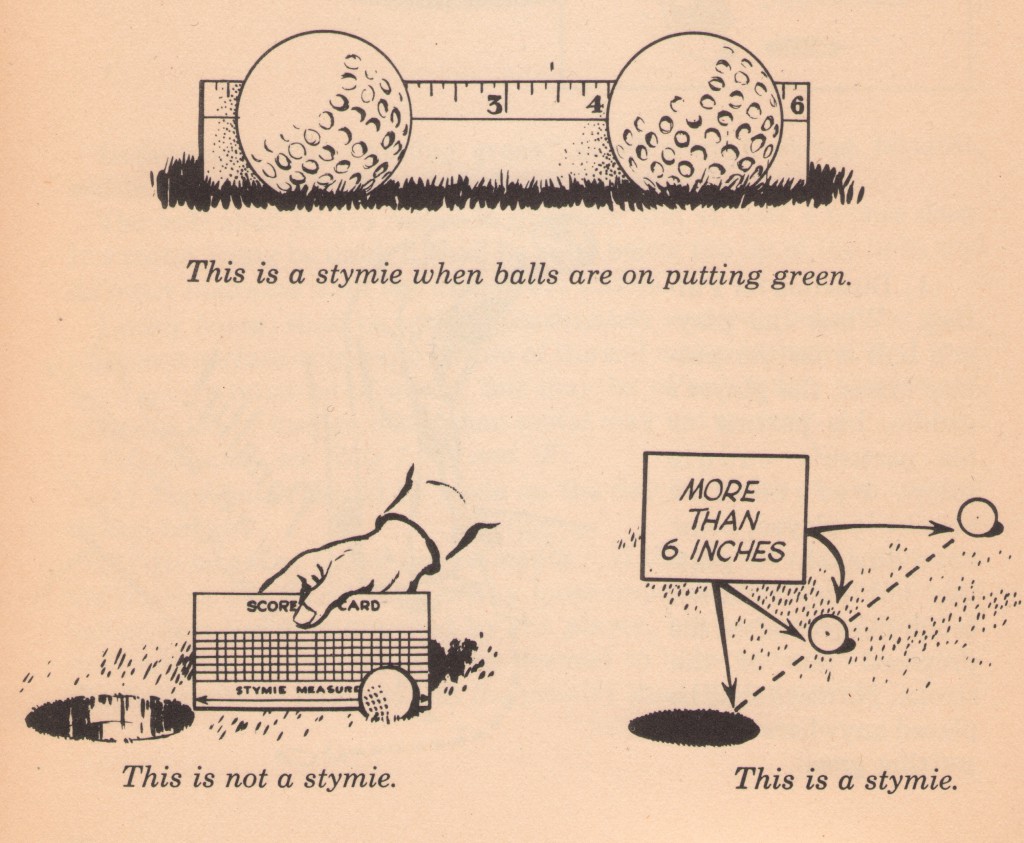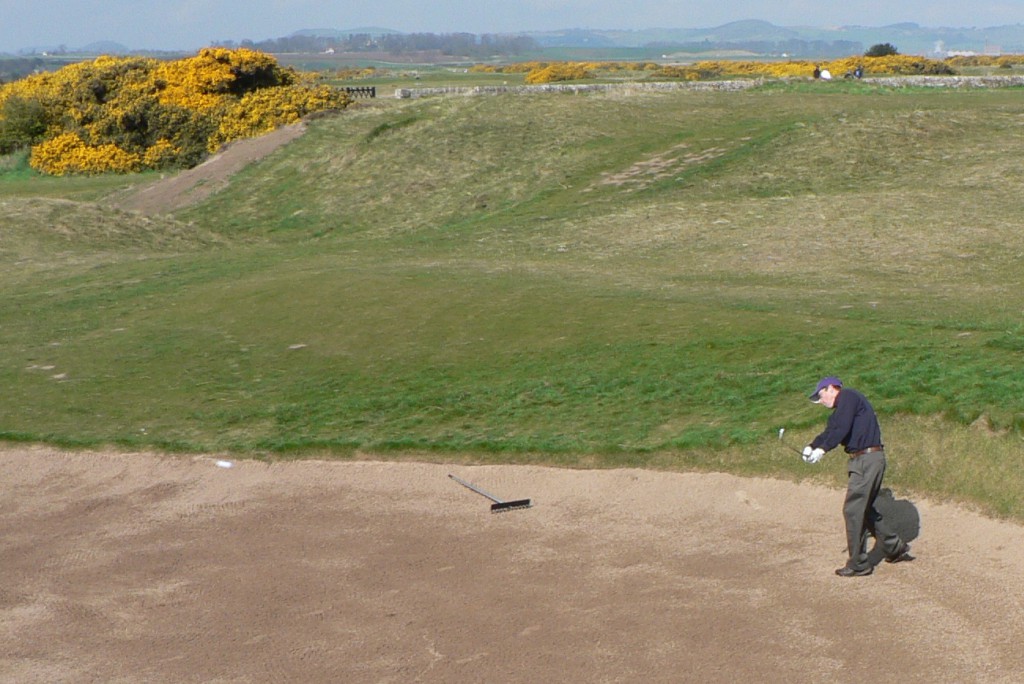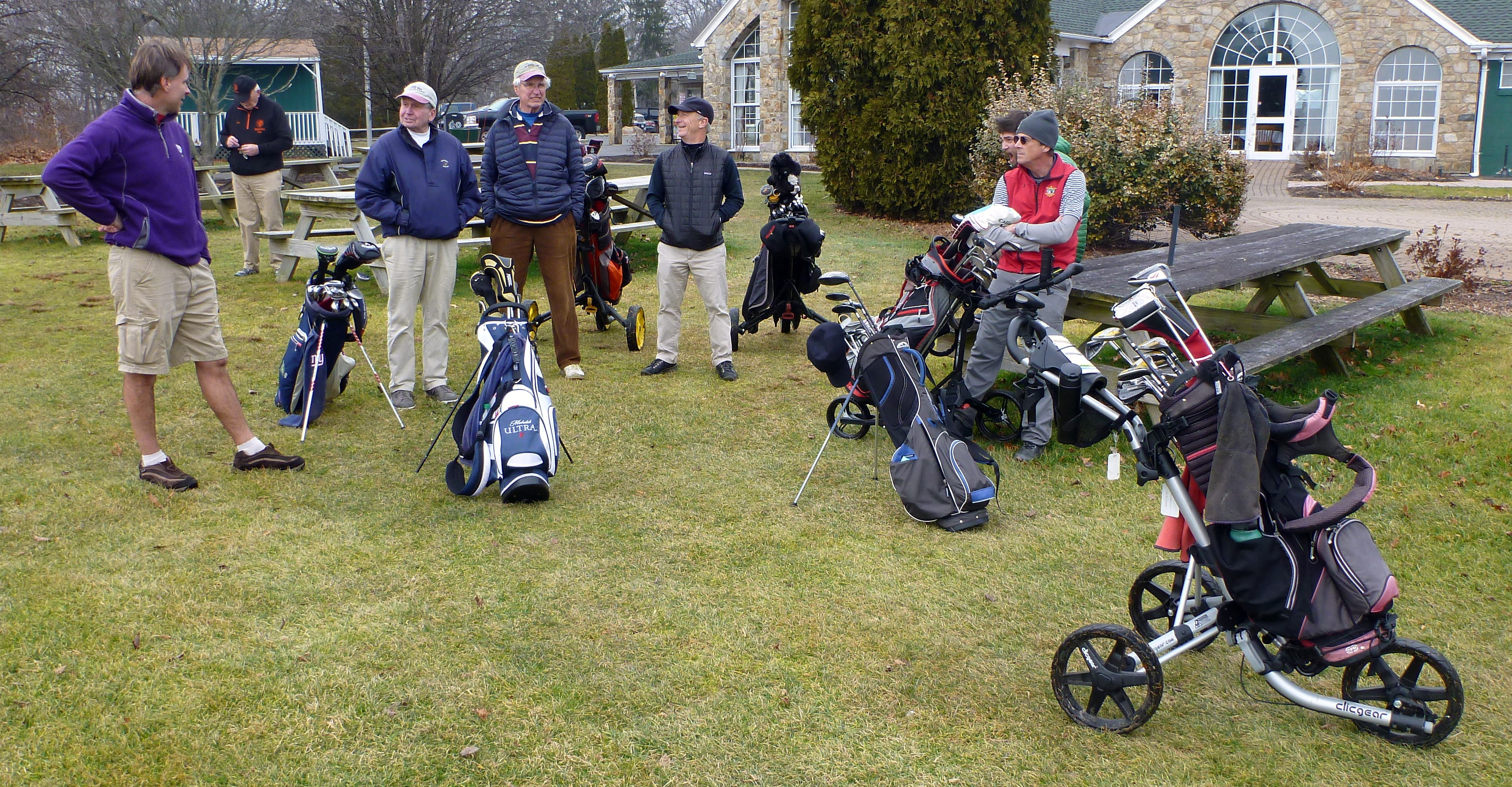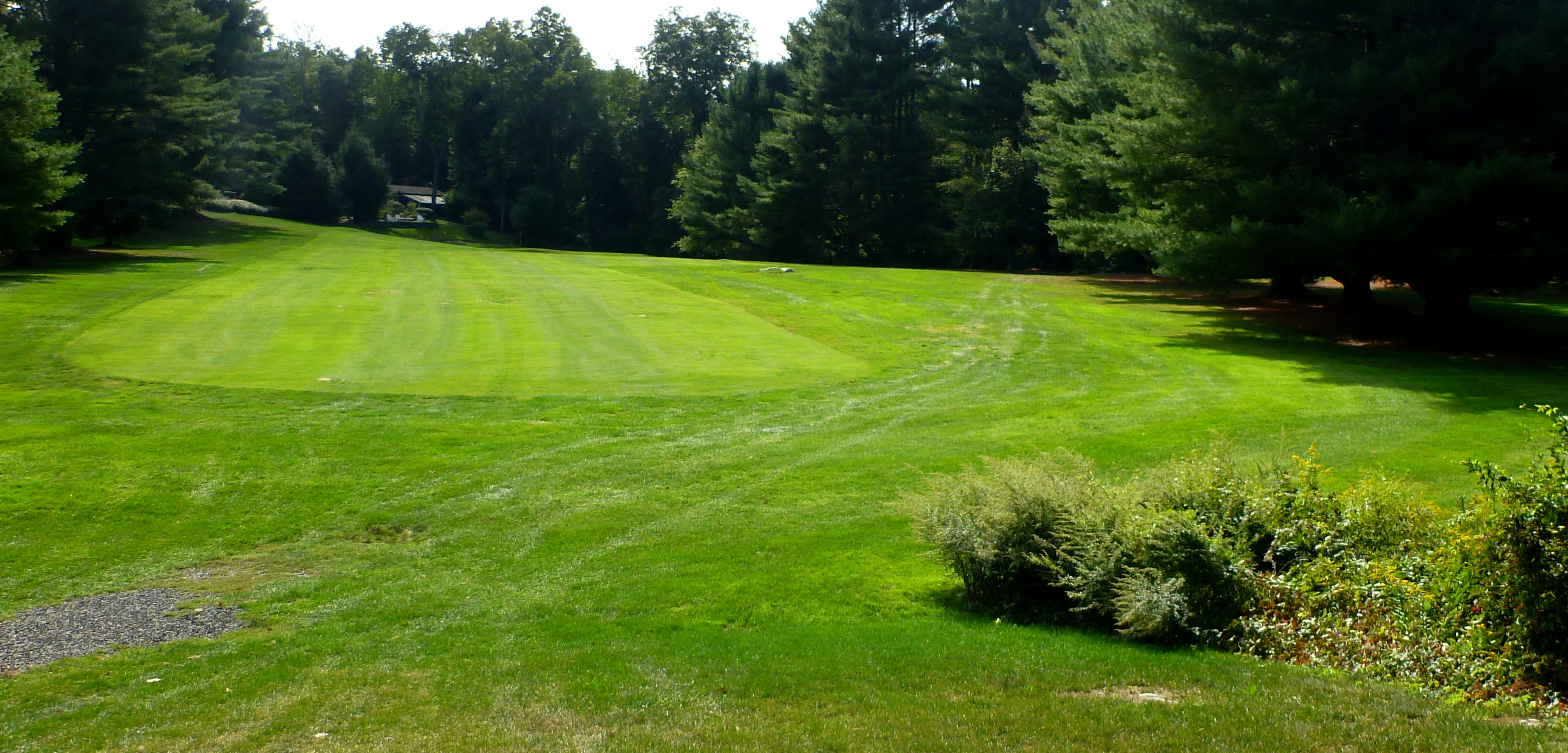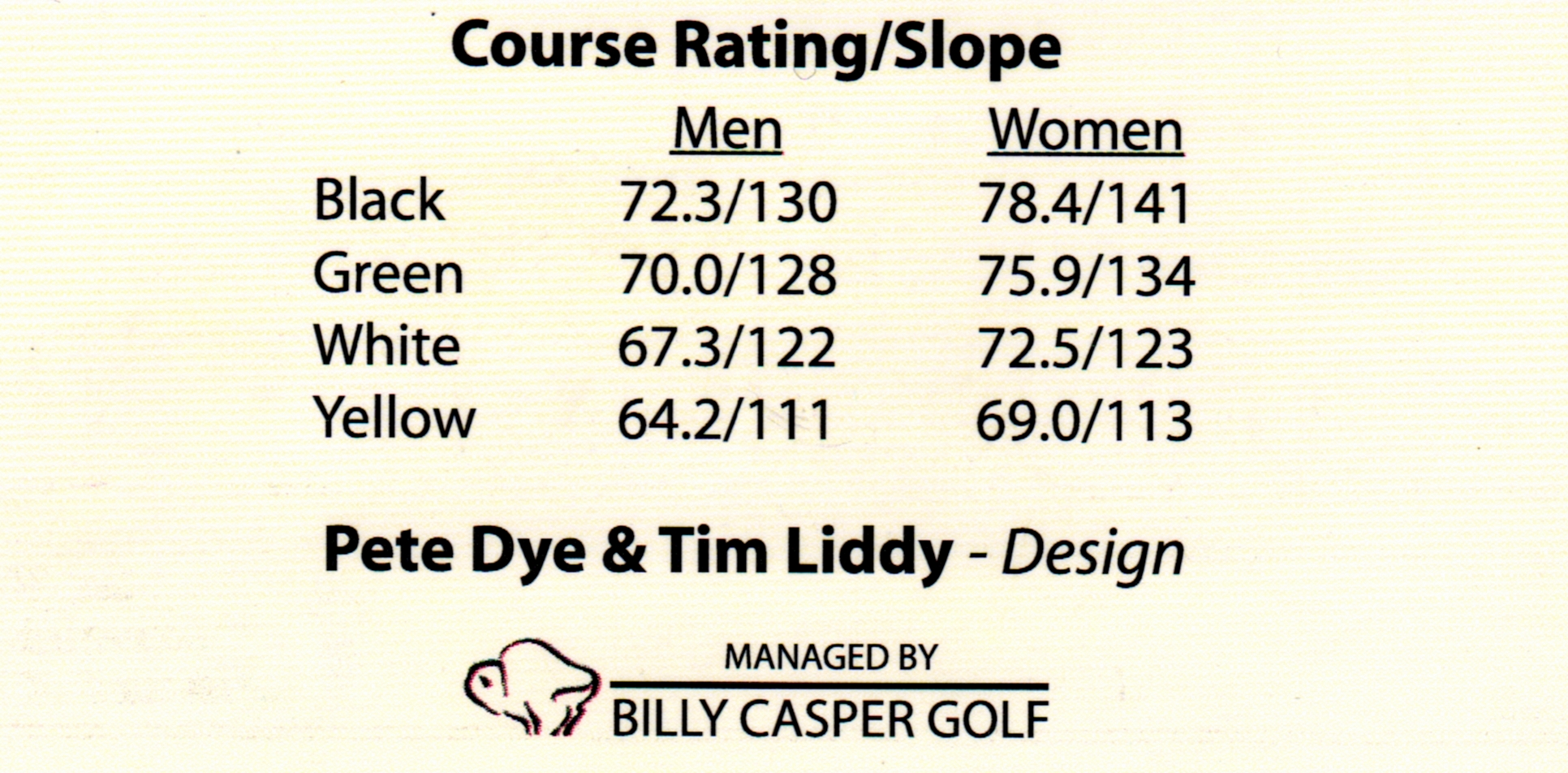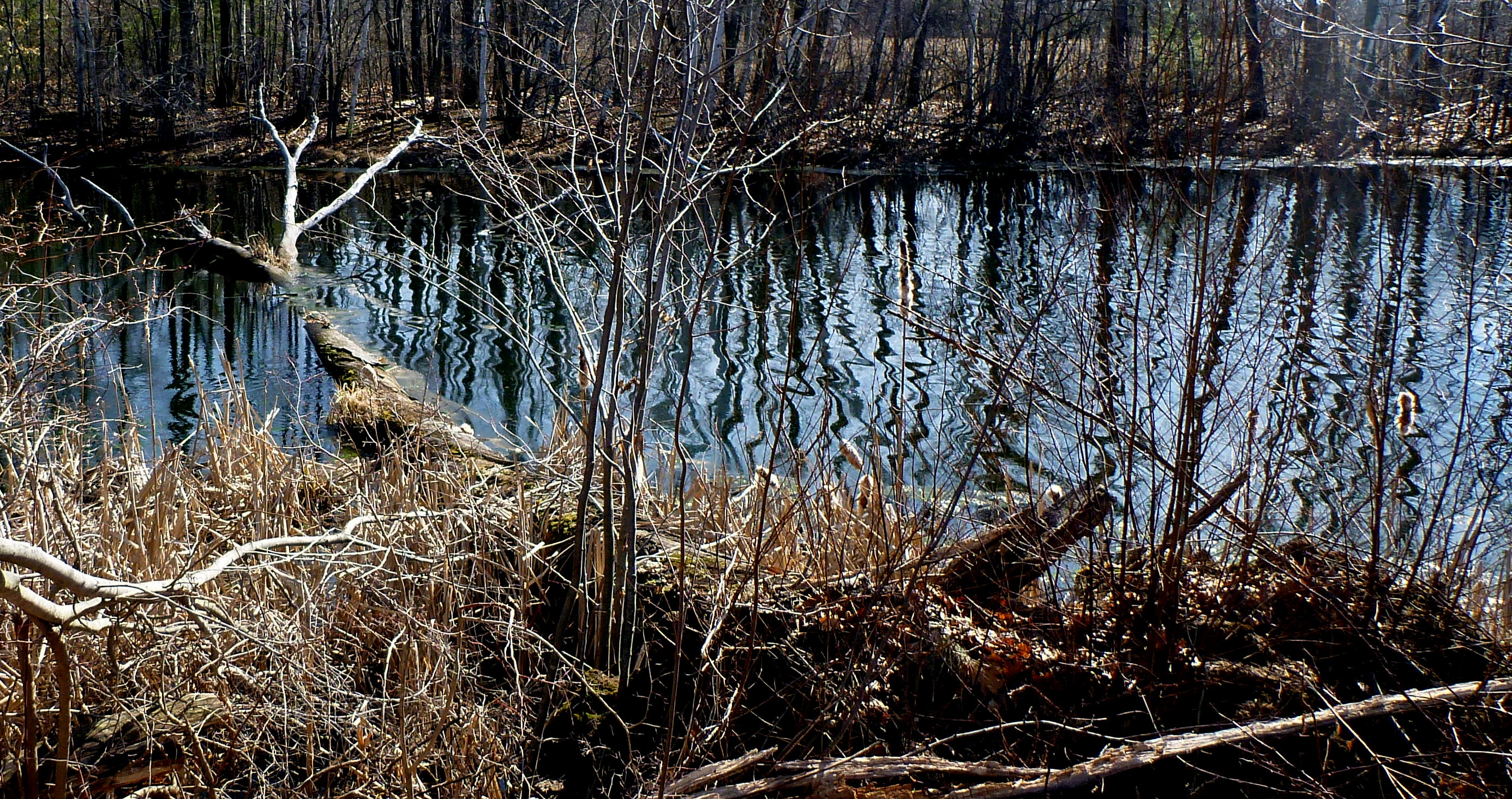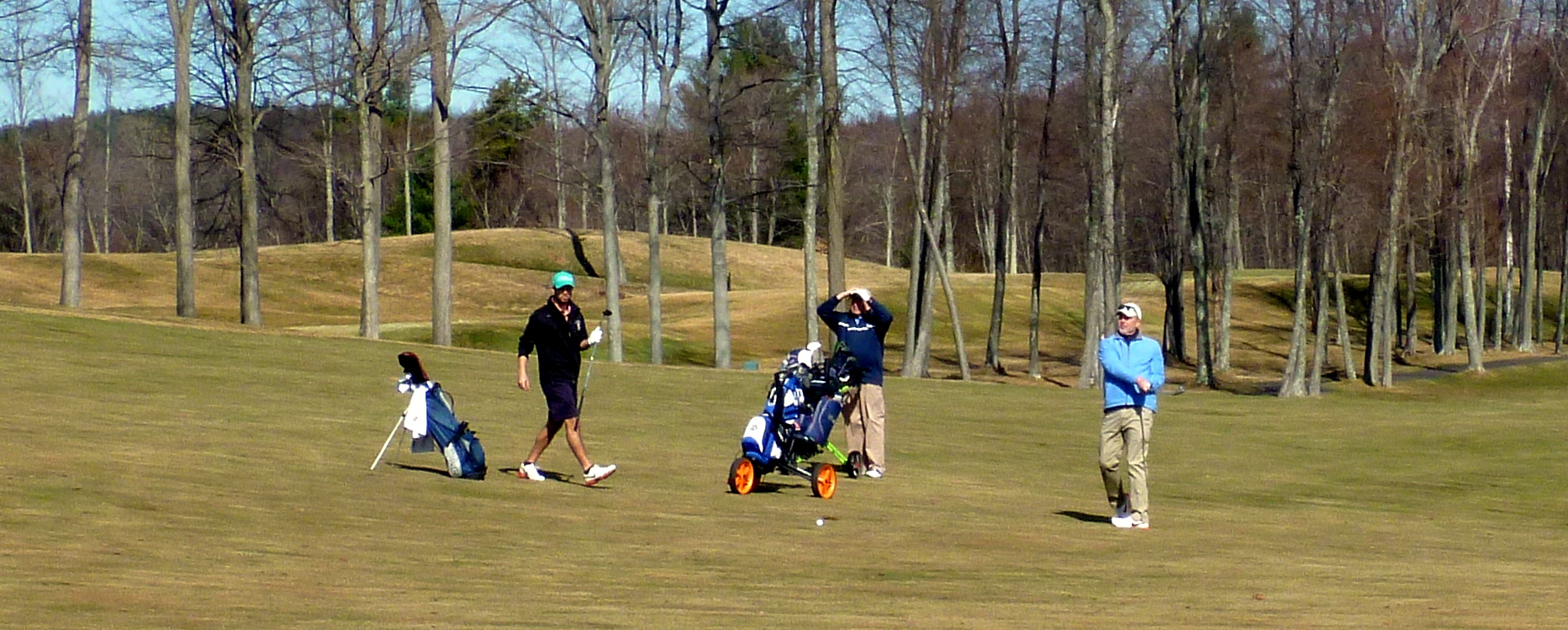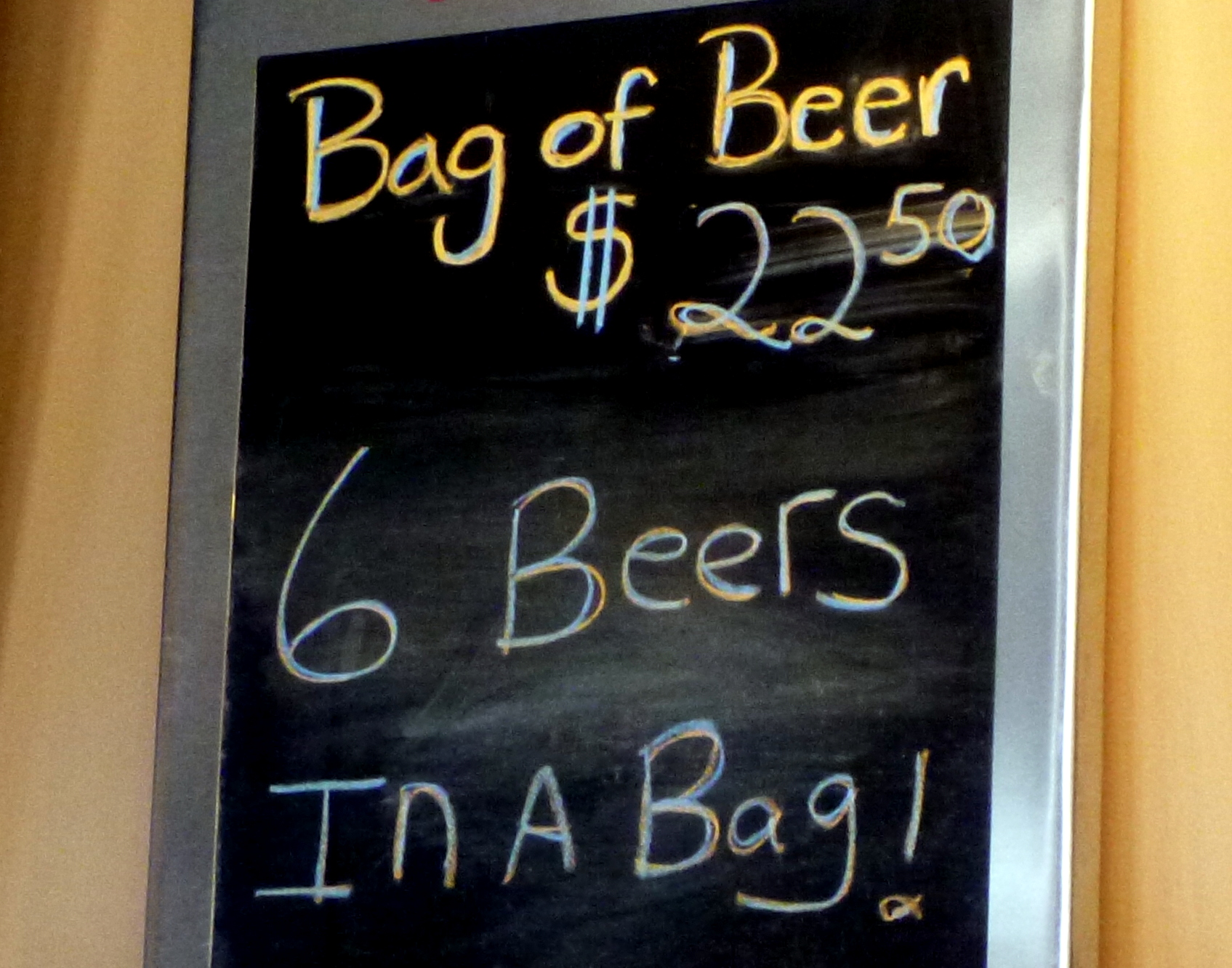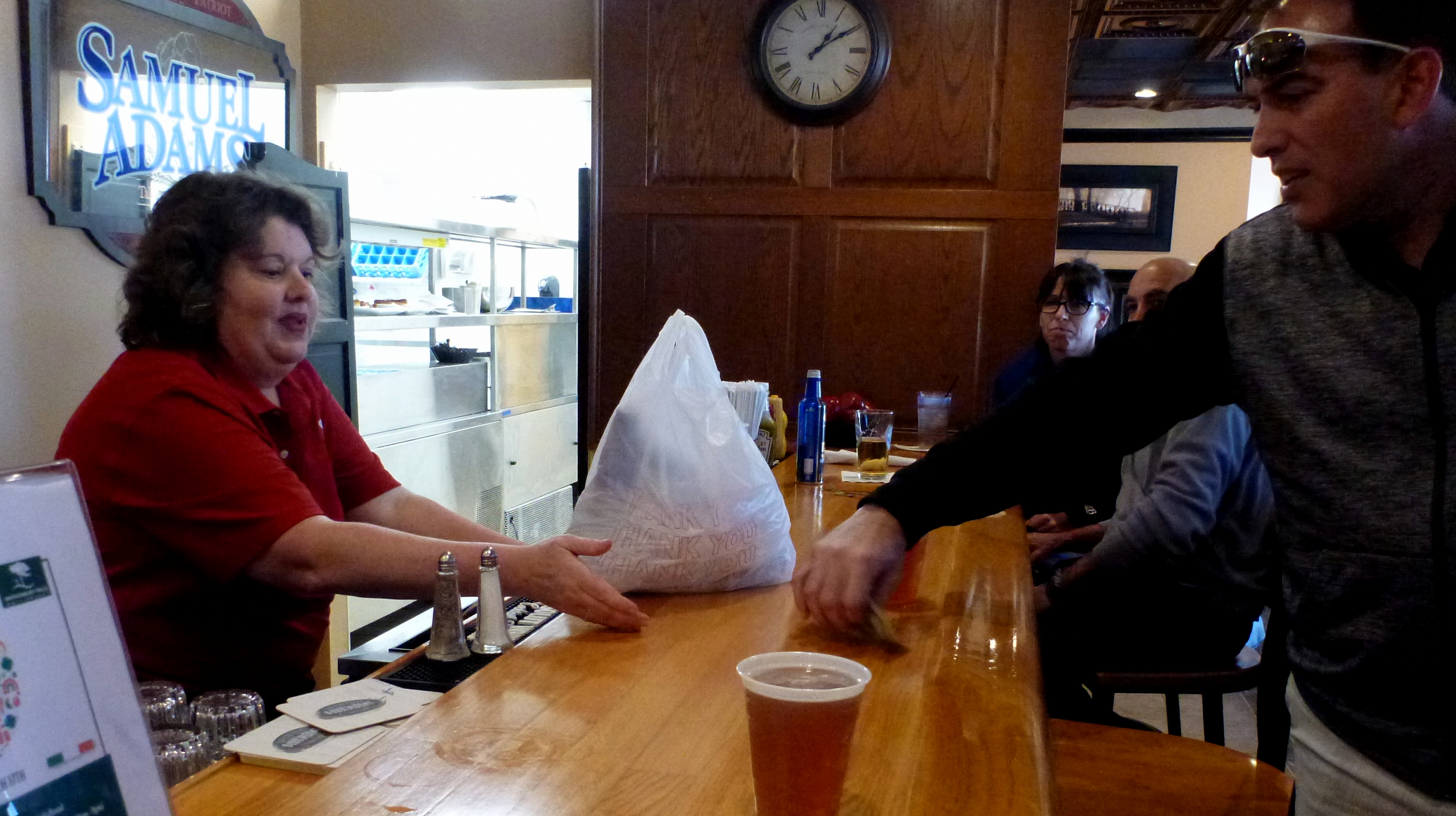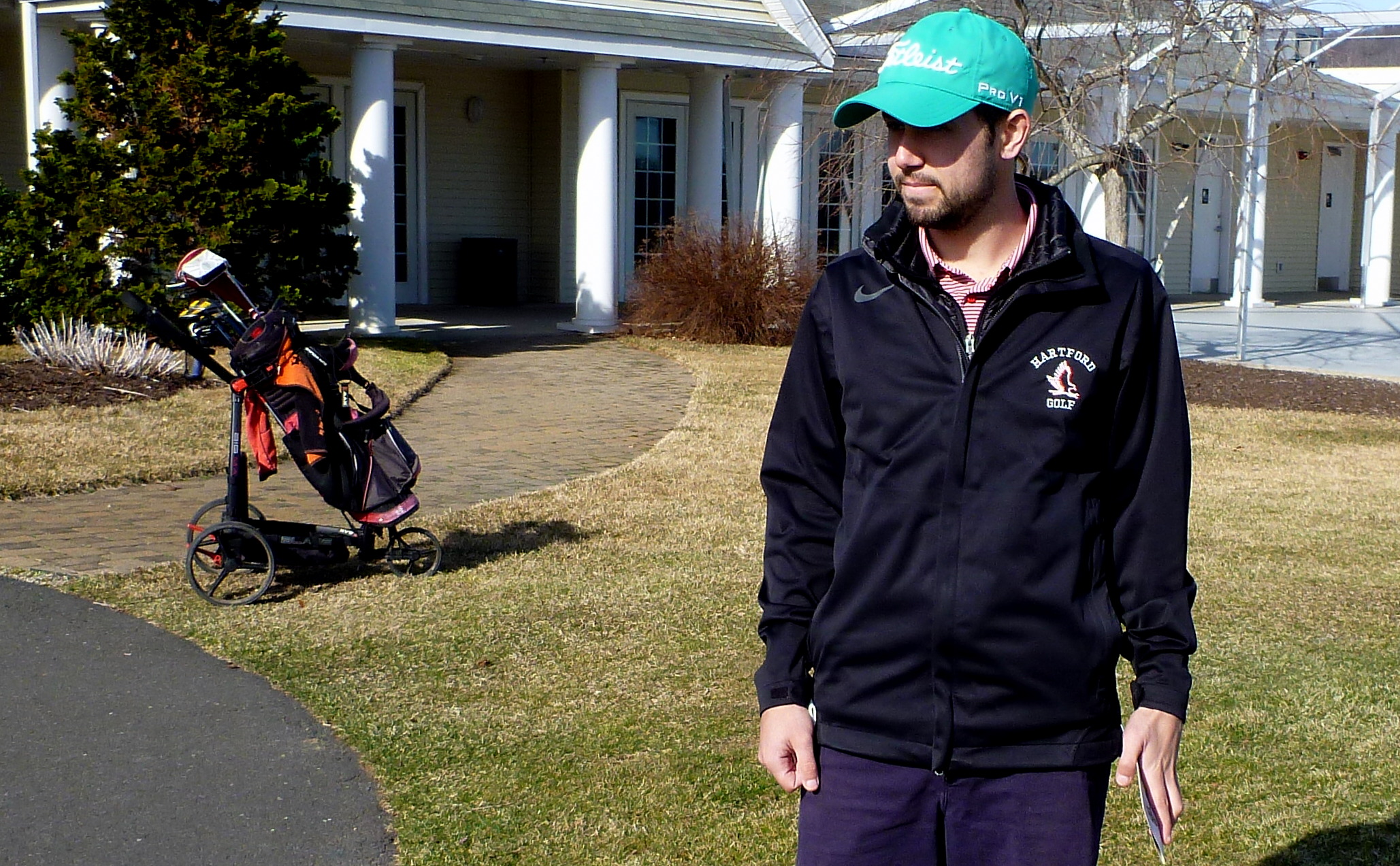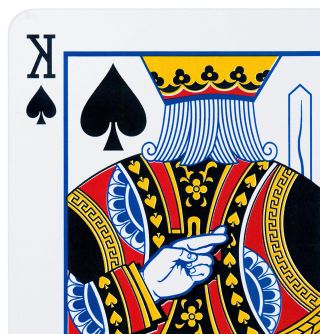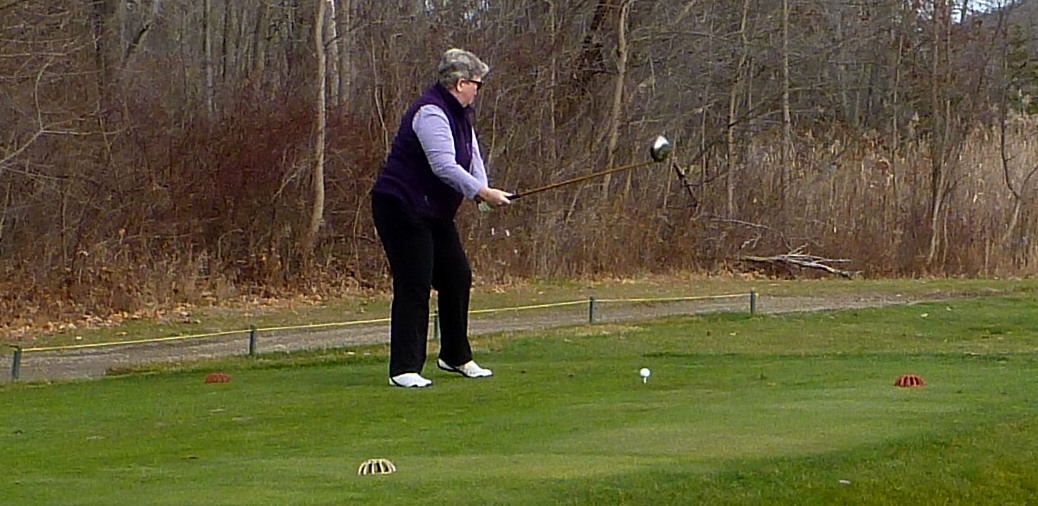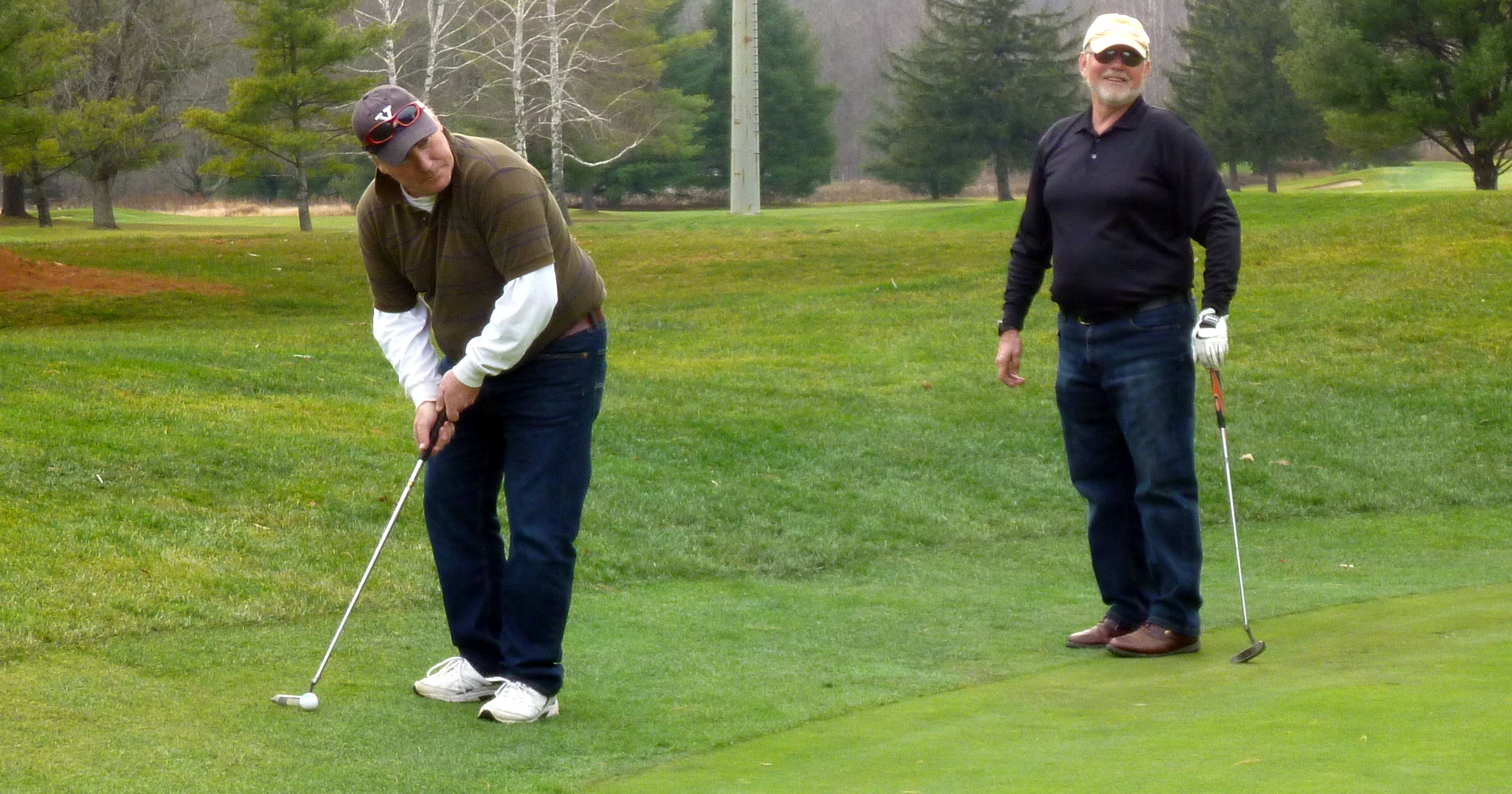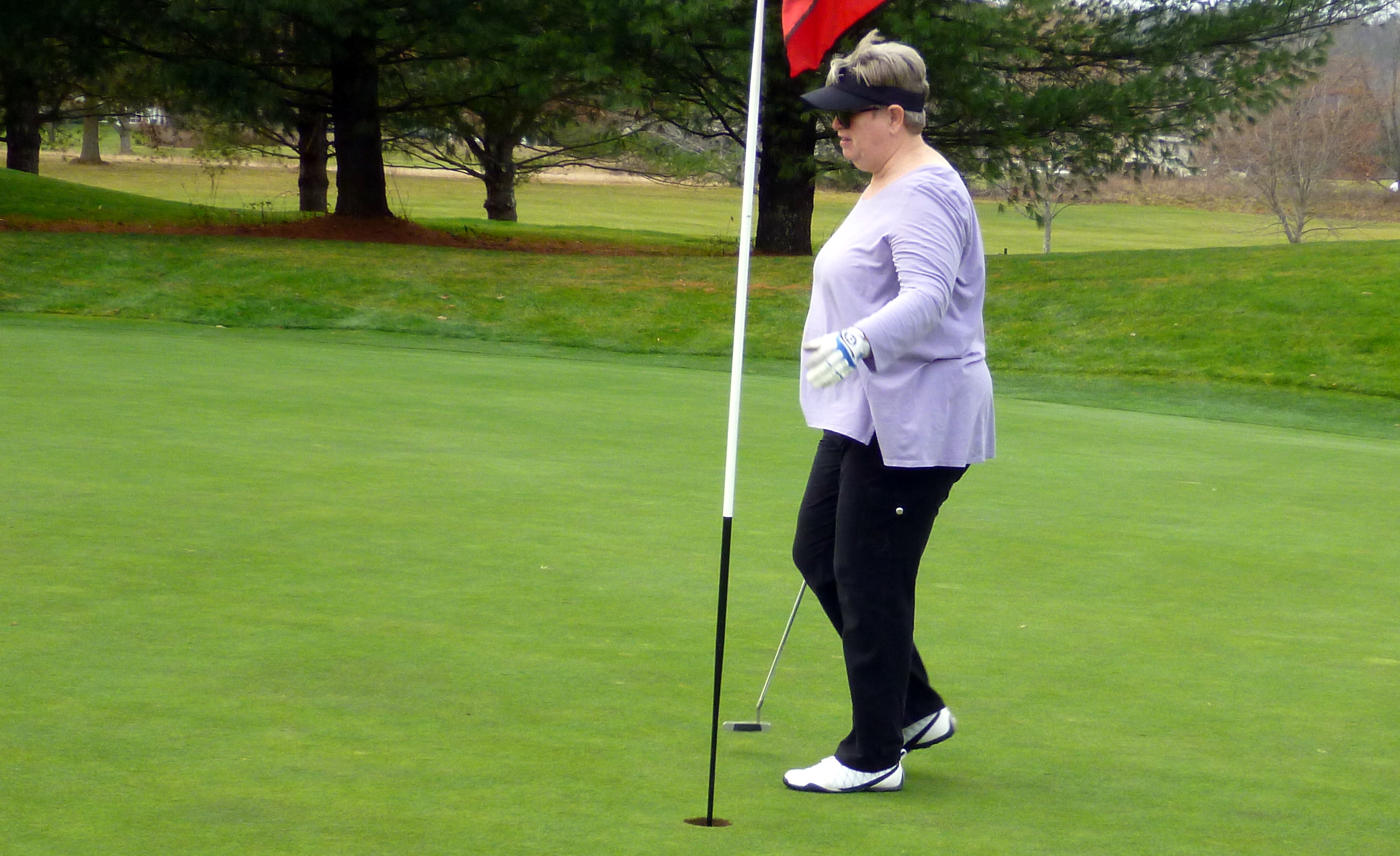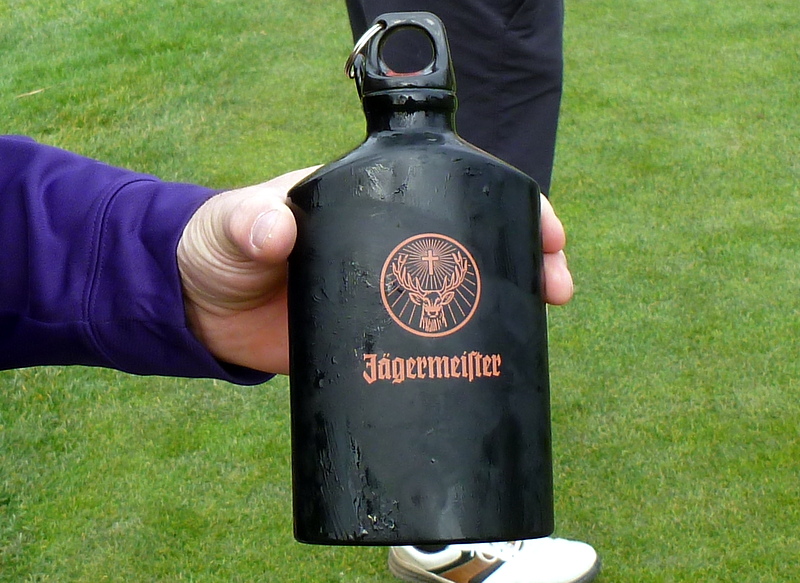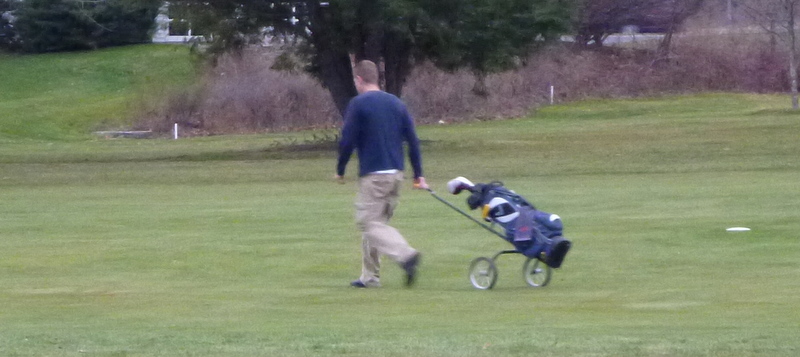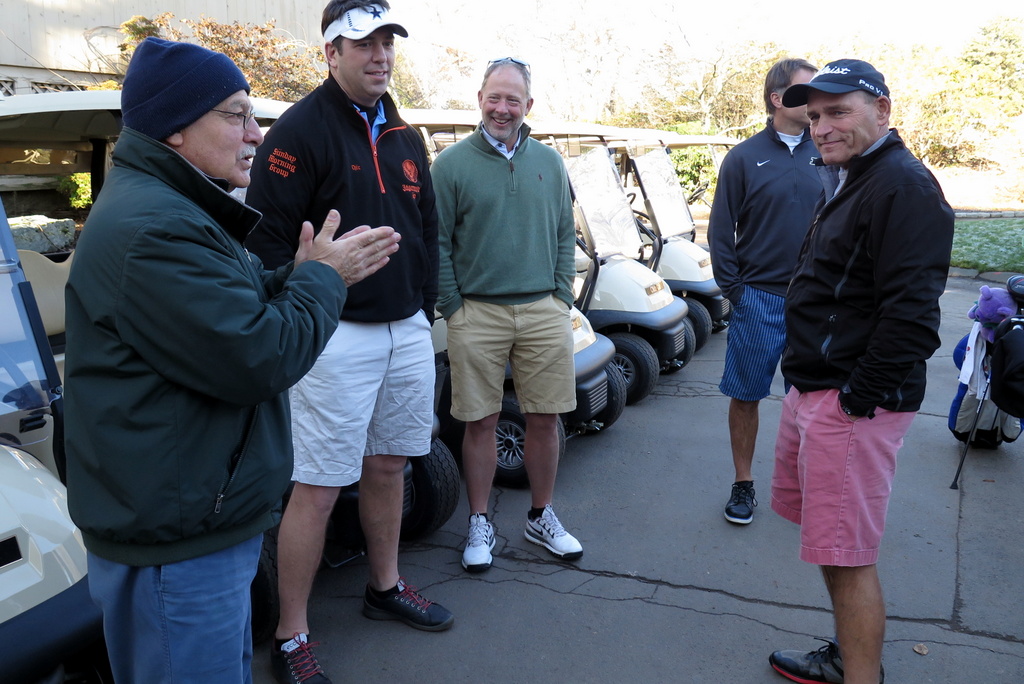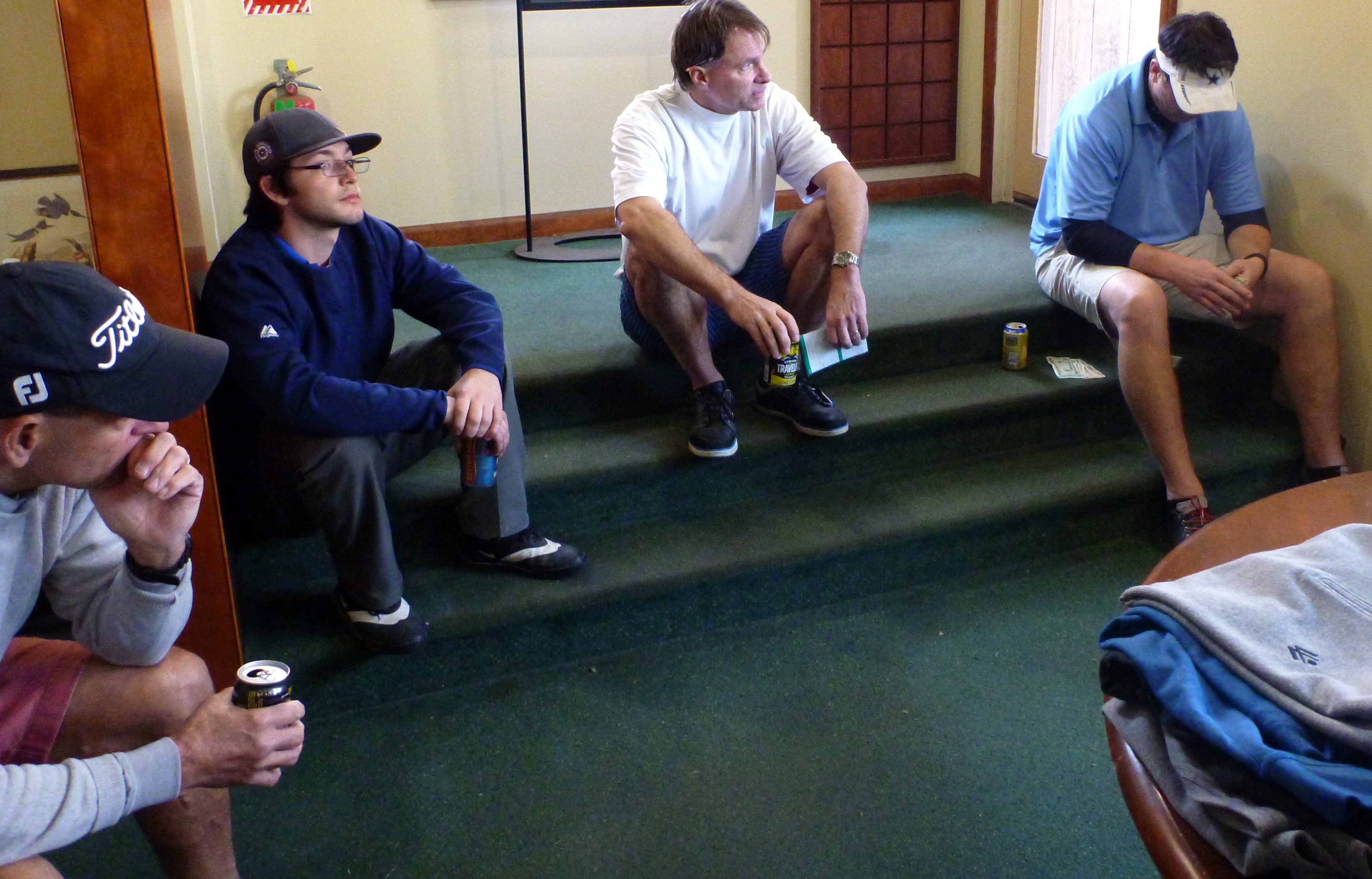We also have added several terms of our own to golf’s lexicon. An Underwood, for example, is a shot that appears to be heading into the trees or out of bounds but hits a branch, root, stone, golf cart, squirrel, or low-flying aircraft and ends up in the middle of the fairway. It was named for a many-time club champion, who has a long, bothersome history of lucky bounces (in addition to a long, bothersome history of being the club’s best putter, chipper, driver, and so forth). The rest of us will often shout “Underwood!” just before a shot of ours reaches whatever trouble it’s heading for; sometimes, that works. Fifteen or twenty years ago, a member named Pickett resigned after deciding he had used up his lifetime’s allotment of Underwoods and therefore had no reason to continue playing. He thus became the first member of our club to be Picketted—in his case, self-Picketted.
A Gillen is the opposite of a skin—it’s a negative skin. It’s what you get, in our version of the game, if you make the unmatched worst score on any hole. Gillens were invented by Tim, who had been irritated by Gillen’s habit of playing miserably for nine or ten holes and then scooping up all the carryovers with an improbable net birdie. The most astonishing Gillen ever recorded was earned by Gillen himself, on a day when five of us were playing together. On our seventh hole, a short-par-three, Gillen hit a good tee shot and made an easy par, while all four of the rest of us—after a remarkable succession of long bombs and chip-ins—made birdies. Gillen thus became the first person ever to receive a Gillen for a three.
On that same hole on a different Sunday, I played in a group that included Schoon. He had a one-foot par putt, which, for some reason, no one had given him. He made a bad stroke and advanced the ball just four inches. The remaining distance—0.2032 meters—is now treated locally as a unit of golf measurement, called a Schoon. (A two-foot putt is three Schoons long.) Schoons are especially useful in setting the official gimme distance. Before we tee off, for example, Hacker (real name) might announce, “Mulligan on the first tee, play everything down, and Schoons are good for everyone but Schoon.”

